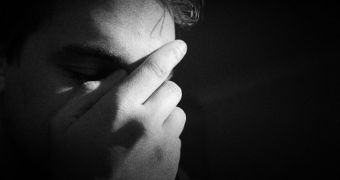Many people use colors to describe their emotions either unintentionally, or because this is how they learned to do it from their peers and family. Some say that they are green with jealousy, whereas others see red when they are angry. At the same time, depressed people are in a gray mood, but these colors that we attribute to feelings may come from a very deep source, according to a new scientific investigation. The study may provide healthcare experts with ways of assessing the mood of children, or of people who are unable or unwilling to express their emotions verbally, LiveScience reports.
In a paper published in the current issue of the respected scientific journal BMC Medical Research Methodology, experts note that people who suffer from depression or anxiety tend to associate their emotions with the color gray mostly, whereas those who are happy prefer yellow. In fact, yellow is a color very widely used in infants' bedrooms, so as to instill an atmosphere of harmony. It also plays a very important part in color therapy.
“This is a way of measuring anxiety and depression which gets away from the use of language. What is very interesting is that this might actually be a better way of capturing the patient's mood than questions,” explains University Hospital South Manchester gastroenterologist Peter Whorwell. He is also the coauthor of the new study. The expert and his team were the first science group to take a very close look at the associations that exist between moods and colors. They focused their work on eight colors – red, orange, green, purple, blue, yellow, pink and brown – and four of the shades associated with each of them.
What the researchers were surprised to learn is that the color in itself was not necessarily the most important factor dictating which of the participants in the study selected to represent their moods. “A light blue is not associated with a poor mood, but a dark blue is. The shade of color is more important than the color itself,” the team leader reveals. “You've got an instrument now. Now people have to play with it and find out the applications,” the expert concludes.

 14 DAY TRIAL //
14 DAY TRIAL //